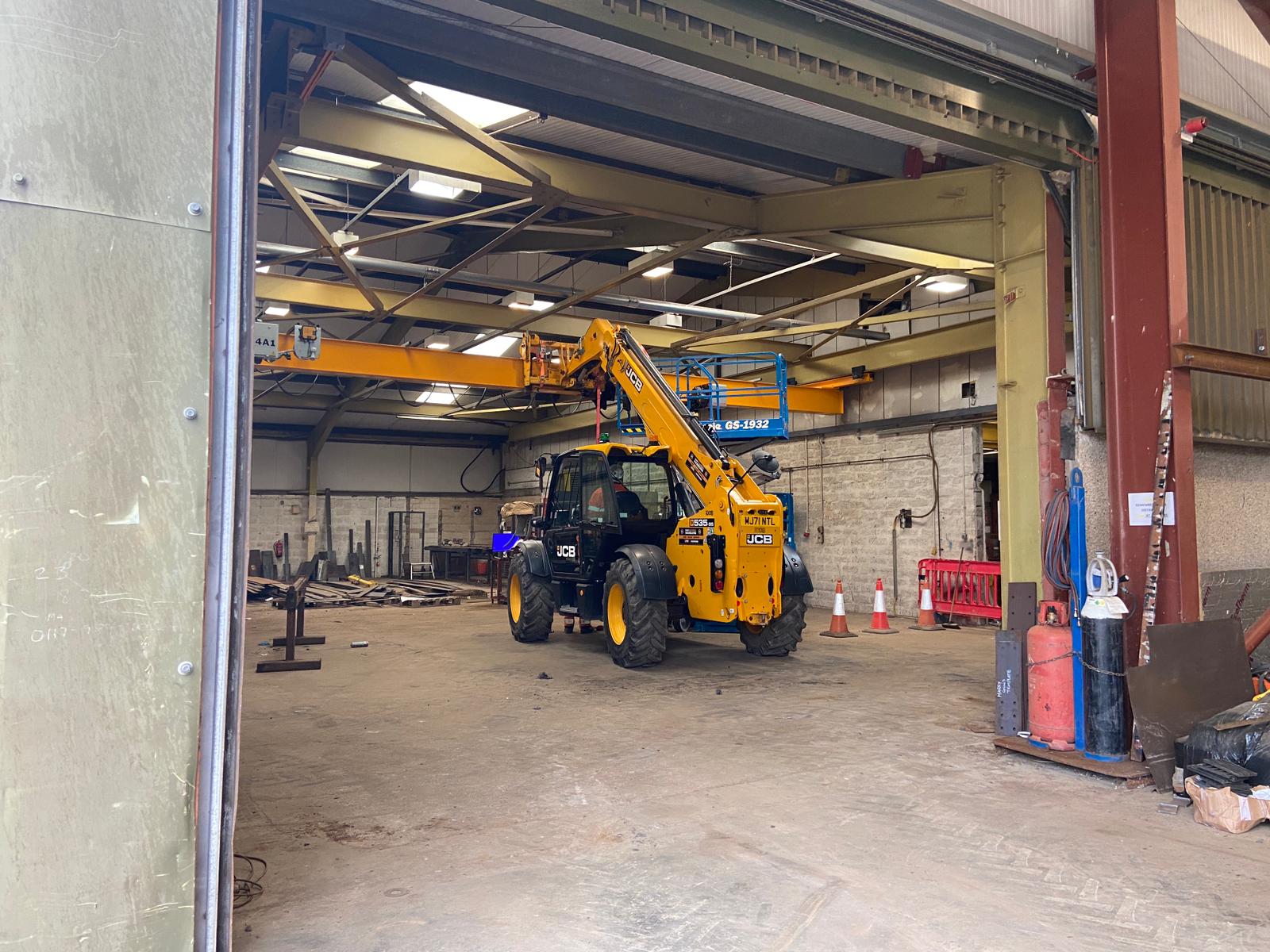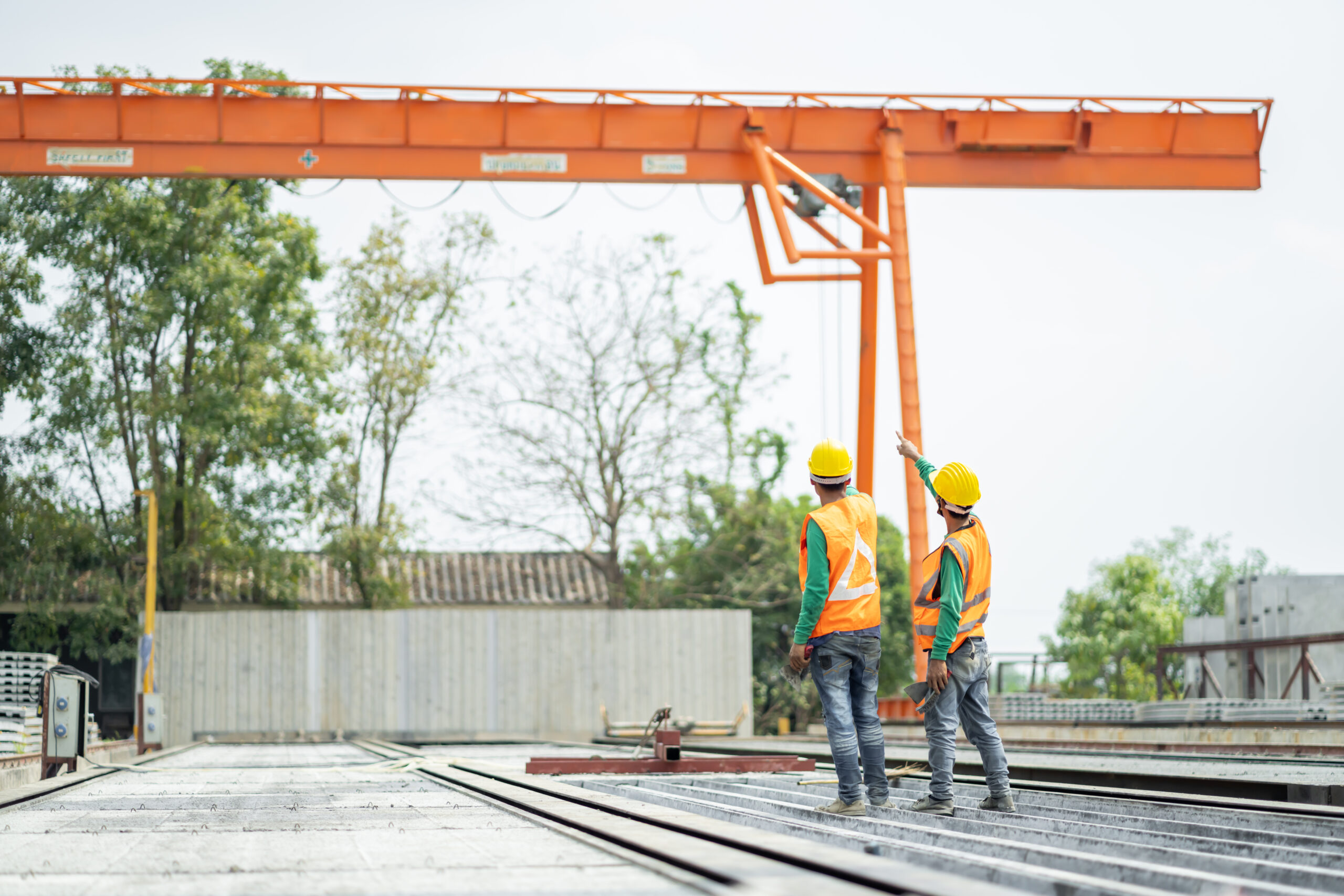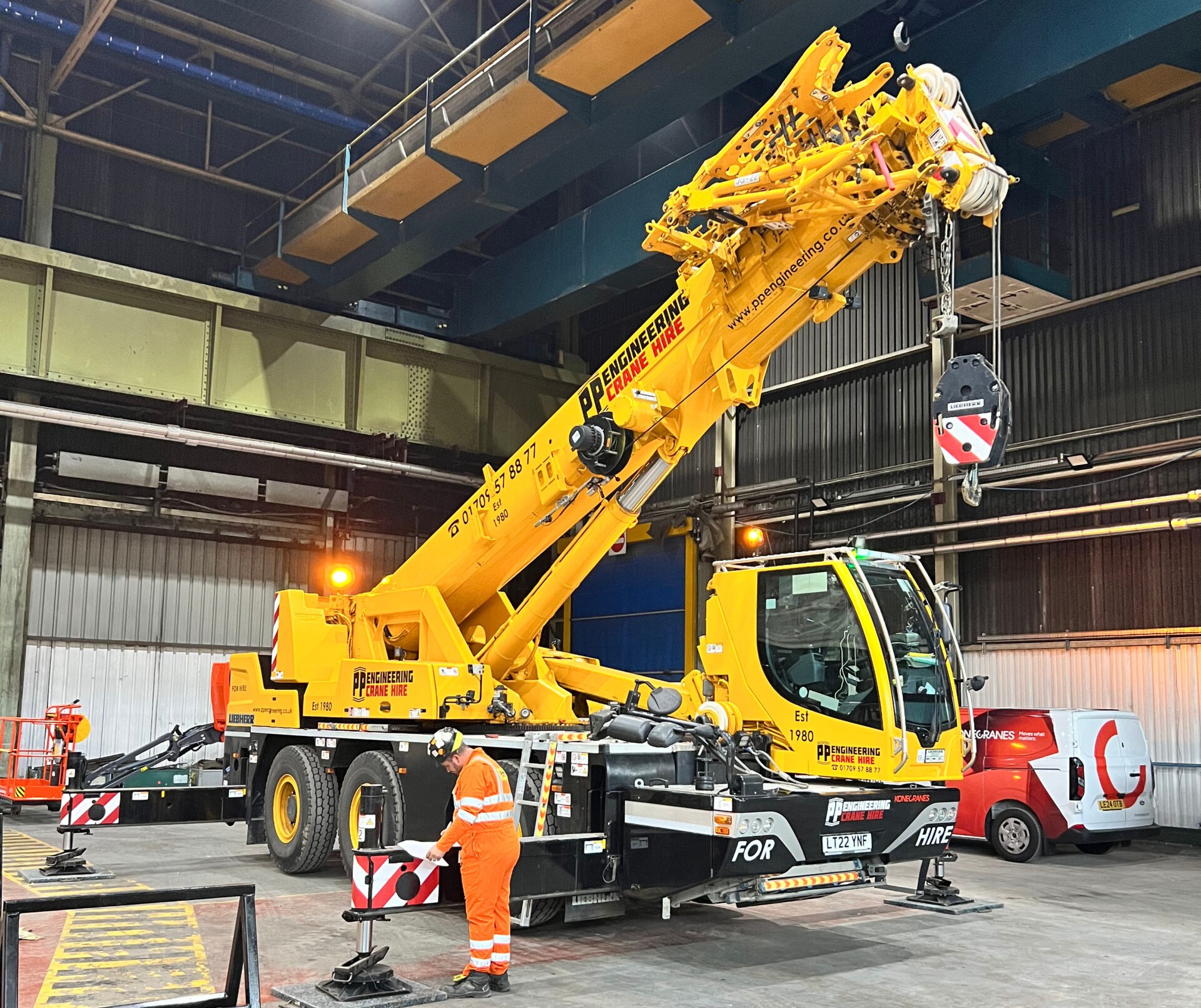Choosing the right equipment can make or break a job, especially when you’re working on large-scale builds. If you’re managing heavy materials, tight timelines, and big crews, you need machines that can keep up. That’s where cranes for commercial projects come in. These machines handle serious weight and help crews move faster and safer. But not all cranes fit every job, so it’s important to know what works best for your needs. Whether you’re lifting steel beams or setting concrete panels, the right crane can save time and reduce stress on site. Let’s look at which ones get the job done well.

Tower Cranes
Tower cranes play a big role in building tall structures. They rise up high and can lift heavy parts to great heights. These machines help move steel, concrete, and large tools across job sites that don’t have much space. Their tall frames and strong arms make them useful for city projects where buildings go up many stories.
One thing that makes tower cranes stand out is how they spin all the way around. That full-circle movement gives workers more control when placing parts in tight spots. On crowded sites, this kind of reach helps save time and effort. Workers don’t need to stop often or bring in extra gear just to move materials from one side to another.
These cranes stay steady even when lifting huge loads. That’s because they’re anchored into the ground or mounted on concrete bases. Some models can also grow taller as the building goes up by attaching new sections during construction.
When looking at cranes for commercial projects, tower types offer a solid choice for height and strength combined. They handle long-term jobs well because they remain fixed in place until the project finishes. This setup works best for office towers, hotels, or mixed-use buildings with many floors.
Transporting a tower crane takes planning since it comes in pieces that must be assembled on site. Once set up, though, it covers more area than most other machines used for lifting tasks on vertical builds.
Operators sit near the top inside small cabins with clear views of their surroundings. From there, they manage loads using controls that guide every part of the machine safely and smoothly through each lift.
Tower cranes support crews working above ground level day after day without slowing down progress or blocking nearby streets too much—something important when working downtown or near busy roads.
Crawler Cranes
Crawler cranes use tracks instead of tires, which helps them move across rough ground with ease. These machines don’t need to be taken apart to shift around a job site. That saves time and makes the process smoother for crews working on tight schedules. Their track system spreads out their weight, so they can operate on soft or uneven surfaces without getting stuck.
These cranes often show up on big jobs like stadiums, factories, and bridges. They handle large loads that other types can’t manage as easily. Since they lift heavy items without tipping risk, they’re used when stability is key. Crawler cranes stay grounded even while lifting materials several stories high.
Because of their size and strength, moving them from one location to another takes planning. They usually arrive in parts and get assembled onsite before starting any lifts. But once set up, they can stay put for long periods without needing extra support or frequent repositioning.
Operators choose crawler models when the project involves constant lifting across wide areas. The crane’s ability to travel under load means it doesn’t have to lower its cargo just to change spots – a big plus during busy phases of construction.
For teams working on long-term builds or sites with limited road access, crawler cranes offer real benefits. Their design helps complete tasks that demand both reach and power in one machine.
When looking at cranes for commercial projects, these models stand out as solid choices for tough conditions and heavy lifting needs. Whether it’s steel beams or concrete panels being moved into place, crawler units get the job done safely and efficiently without needing frequent breakdowns or transport between each task zone.
All-Terrain Cranes
All-terrain cranes can move through rough sites and also drive on regular roads. This makes them useful for many different types of commercial jobs. You don’t need to bring in extra equipment to get them on-site. They can travel long distances without needing a trailer or special transport.
These machines handle uneven ground without much trouble. Their strong tires and advanced steering help them stay stable, even when the ground isn’t flat. This helps crews save time and avoid delays caused by difficult site conditions.
They also carry heavy loads with ease. Most models lift large materials like steel beams, concrete panels, or mechanical units without strain. This kind of power comes in handy for building projects that require moving big parts into place fast.
One major benefit is how quickly they’re ready to go once they arrive at the job site. Setup doesn’t take long compared to other types of lifting gear. Fewer steps mean less downtime and more hours spent actually working.
Operators often prefer these cranes because they don’t need constant adjustments during use. The controls stay steady even when lifting from tricky angles or working in tight spots. That level of control adds safety and helps teams get tasks done faster.
Many companies choose all-terrain cranes for commercial projects because they cover multiple needs with one machine. Whether it’s a busy urban build or a remote development area, these units adapt well to both settings.
Choosing the right cranes for projects depends on what kind of flexibility you want on your site. These machines check off several boxes at once – mobility, strength, and speed—all packed into one piece of equipment that’s easy to move around and quick to deploy where needed most.
Hydraulic Truck Cranes
Hydraulic truck cranes help move heavy loads quickly. They sit on trucks, so they can drive straight to job sites. Setup is fast, which saves time. These machines use fluid pressure to lift and lower materials. This makes them smooth to operate and easy to control.
Contractors often choose these for tight schedules. The crane can be ready within hours of arrival. That means less waiting and more progress on the build. Many crews trust them for mid-size lifts that don’t need a full tower crane.
Most models have telescopic booms that extend out when needed. This gives extra reach without needing extra parts or tools. The boom folds back in when moving between locations, making transport simple.
These cranes also don’t need special roads or permits like larger rigs do. A standard truck driver’s license usually works for moving them around town or across short distances.
For teams working in cities or small spaces, hydraulic truck cranes give solid lifting power without taking up much room. Parking lots, narrow streets, or compact job zones aren’t a problem with this kind of gear.
They support many construction needs – lifting steel beams, placing HVAC units, hoisting concrete panels, and more. Their wide range of uses makes them a strong fit among cranes for commercial projects.
Some models come with remote controls too, letting operators manage lifts from safer spots while keeping an eye on obstacles nearby.
For companies looking for dependable lifting tools that won’t slow down progress or require large crews to set up, hydraulic truck cranes offer a practical option built for daily use on commercial builds of all types and sizes.

Choosing the Right Cranes for Commercial Projects
When it comes to tackling large-scale construction jobs, having the right equipment is key—and that starts with selecting the best cranes for projects. Whether you need the towering reach of a tower crane, the mobility of an all-terrain crane, or the raw power of a crawler crane, each type brings unique strengths to your job site. Hydraulic truck cranes add flexibility and speed for quicker setups. By understanding what each crane offers, you can match your project’s demands with the right solution. The right choice not only boosts efficiency but also keeps your operations running smoothly from start to finish.



